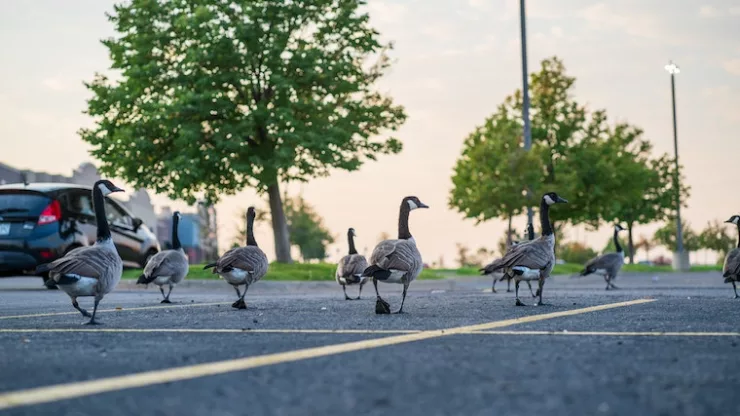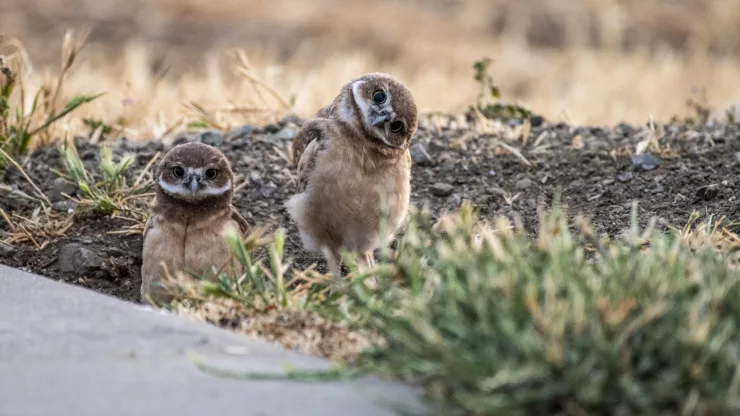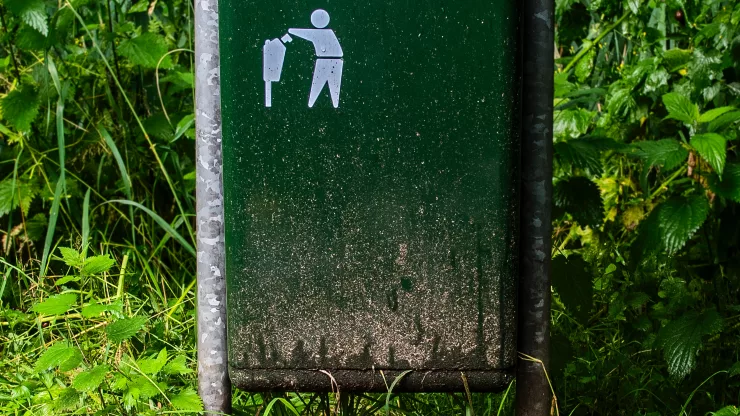Jump to Section
Introduction to Urban Wildlife
Urban wild animals have adapted to living alongside humans in cities and towns, creating unique ecosystems and presenting new challenges for city dwellers.
Understanding these animals and their habits can help us coexist peacefully and responsibly with our wild neighbors.
Common Urban Wild Animals
1. Birds
Birds are among the most visible and easily recognized urban wild animals.
Common city-dwelling bird species include pigeons, sparrows, starlings, and crows.
These birds have adapted to urban environments by exploiting food sources provided by humans and nesting in buildings and other structures.
2. Mammals
Mammals such as raccoons, squirrels, foxes, and even deer can be found in urban settings.
They are drawn to cities by the abundance of food and shelter opportunities.
Raccoons and squirrels, in particular, have become adept at scavenging from trash cans and dumpsters.
3. Reptiles and Amphibians
Although less common, reptiles and amphibians such as snakes, lizards, and frogs can also be found in urban environments.
They typically inhabit green spaces, like parks and gardens, and can be found near bodies of water.
Common Urban Wild Animals and Their Characteristics
| Animal | Category | Common Habitat | Adaptations |
|---|---|---|---|
| Pigeon | Bird | Buildings, parks | Scavenging, nesting in crevices |
| Squirrel | Mammal | Trees, parks, gardens | Scavenging, agile climbing |
| Raccoon | Mammal | Attics, dumpsters | Scavenging, dexterity |
| Fox | Mammal | Parks, gardens | Nocturnal, opportunistic feeding |
| Deer | Mammal | Green spaces, parks | Grazing, agility |
| Snake | Reptile | Parks, gardens | Camouflage, prey on rodents |
| Lizard | Reptile | Gardens, parks | Camouflage, insectivorous |
| Frog | Amphibian | Bodies of water, parks | Camouflage, aquatic adaptation |
Adapting to Urban Life
Urban wild animals have developed various strategies to adapt to city living.
Some of these adaptations include:
1. Foraging and Feeding Behaviors
Urban animals have learned to exploit human food sources, such as trash cans, dumpsters, and even pet food left outdoors.
They may also feed on insects attracted to artificial lights.
2. Nesting and Shelter
Many urban animals have adjusted their nesting and shelter preferences to take advantage of man-made structures.
Birds often nest in building crevices, while raccoons and squirrels may take up residence in attics and crawlspaces.
3. Nocturnal Activity
Many urban wild animals have become nocturnal, allowing them to avoid human activity and take advantage of nighttime food sources.
Managing Conflicts with Urban Wildlife
As urban wild animals adapt to city living, conflicts with humans can arise. Here are some strategies to manage these conflicts:
1. Secure Trash and Food Sources
To discourage animals from scavenging, secure trash cans with lids, and avoid leaving pet food outdoors.
2. Block Access to Shelter
Inspect your property for potential wildlife entry points, such as gaps in roofing or siding, and seal them to prevent animals from seeking shelter inside.
3. Use Humane Deterrents
Consider using humane deterrents, such as motion-activated lights or sprinklers, to discourage animals from entering your property.
Supporting Urban Wildlife
There are many ways to support urban wildlife and promote a healthy ecosystem in your city:
1. Create Green Spaces
Urban green spaces provide habitat for wildlife and improve the overall quality of life for city dwellers.
Advocate for the creation and maintenance of parks, gardens, and green corridors in your community.
2. Provide Food and Shelter
Installing bird feeders, bat boxes, and other wildlife-friendly features can help support urban wildlife populations.
3. Promote Native Plant Species
Native plants provide essential food and shelter for local wildlife species.
Encourage the use of native plants in urban landscaping projects.
4. Educate and Inform
Help raise awareness about urban wildlife and the importance of coexisting with these animals. Share information with friends, family, and neighbors, and support local wildlife organizations.
Strategies for Supporting Urban Wildlife
| Strategy | Benefits |
|---|---|
| Create and maintain green spaces | Provides habitat, improves quality of life for city dwellers |
| Provide food and shelter | Supports wildlife populations, encourages biodiversity |
| Promote native plant species | Enhances habitat quality for local wildlife, supports ecosystems |
| Educate and inform | Raises awareness, fosters appreciation for urban wildlife |
| Participate in citizen science projects | Contributes valuable data, helps monitor wildlife populations |
| Report observations | Assists in tracking trends, addressing potential issues |
| Support research initiatives | Advances knowledge, aids in conservation efforts |
Monitoring Urban Wildlife Populations
The health and stability of urban wildlife populations can provide important insights into the overall health of an urban ecosystem.
To assist in this endeavor, consider participating in the following activities:
1. Citizen Science Projects
Engaging in citizen science projects can help monitor urban wildlife populations and contribute valuable data to researchers.
Look for local projects, such as bird counts or amphibian surveys, to get involved in your community.
2. Reporting Observations
If you notice unusual wildlife behavior, injured animals, or other concerns, report your observations to local wildlife authorities or rehabilitation centers.
This information can help track trends and address potential issues.
3. Supporting Research Initiatives
Support research initiatives focused on urban wildlife by donating to or volunteering with organizations dedicated to the study and conservation of these animals.
Urban Wildlife and Public Health
As we coexist with urban wild animals, it’s important to be aware of potential public health concerns. Here are some tips to minimize risks:
1. Preventing Disease Transmission
To reduce the risk of disease transmission, avoid direct contact with wild animals and maintain proper hygiene practices, such as washing hands after handling pet food or cleaning bird feeders.
2. Managing Vector Populations
Control insect populations, such as mosquitoes and ticks, which can transmit diseases to both humans and wildlife, by eliminating standing water and using personal protective measures like insect repellent.
3. Educating Yourself and Others
Stay informed about potential health risks associated with urban wildlife and share this information with your community.
Knowledge is key to managing public health concerns and promoting safe interactions with urban wild animals.
The Future of Urban Wildlife
As urban environments continue to expand and change, the future of urban wildlife remains uncertain.
However, by working together to protect and support these unique ecosystems, we can help ensure a future where both humans and wildlife can thrive in our cities.
Conclusion
Understanding and appreciating urban wild animals can help us coexist with these creatures and foster a healthy urban ecosystem.
By acknowledging the challenges and adapting our behaviors, we can minimize conflicts and create a more harmonious environment for both humans and wildlife.
I’m a nature enthusiast and creator of Metro Wilds and have spent years exploring the great outdoors.
With a passion for environmental conservation and sustainability, I have dedicated my career to writing about the beauty and wonders of nature, as well as the threats facing our planet.
Contact me at [email protected] for assistance.





